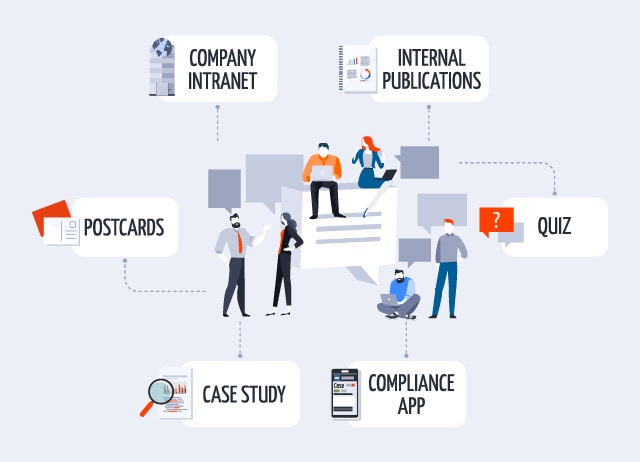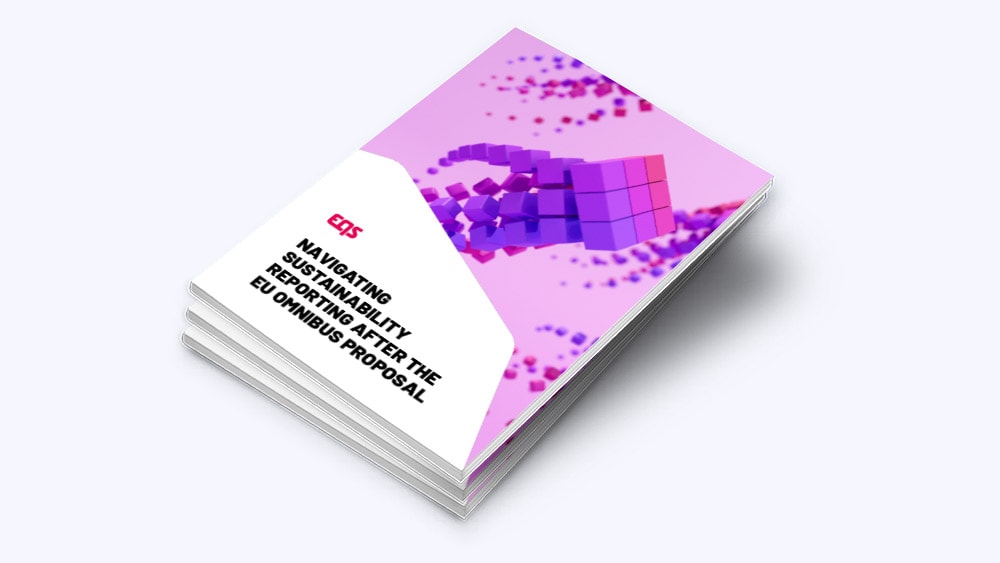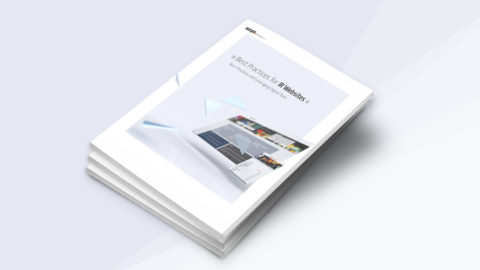Taking compliance communication to the next level
Just as it is important to draft a good policy, it is equally important to communicate it effectively to employees.

One of the biggest challenges of compliance management and that Compliance Officers generally face is drafting policies that are easy to read and comprehend. Breaking down the legal jargons to simple, actionable cues is a difficult task often bestowed on the compliance management team.
If there is something that’s equally challenging, it is communicating the policies to the employees in such a way that they are able to generate and sustain motivation and most importantly, retain the policy information.
There are countless policies and guidelines and, in addition, new ones are regularly added or existing ones are amended. How can you still reach your employees and ensure that they are aware of the most recent updates?
It is understandably difficult for employees to find their way through the vast mass of corporate regulations. Similarly, not all of them may have the intrinsic motivation to keep themselves up to date on such topics, or they may simply lack the time to do so.
Of course, the departments issuing the regulations do not want such important information to be lost in a flood of e-mails or to lay unnoticed in a corner of the intranet. This is precisely why we explain in this article, how best to communicate compliance knowledge to employees and what communication strategy to put in place.
1. Maintain a central source of information
In any organization, regulations and policy information does not only come from the legal and compliance department, but also from a number of other sources. For example, IT/Data Security, Finance, and Human Resources to name a few. Offering a single source of information, i.e. a contact point for questions on regulations from all departments and specialist areas can drastically simplify the process of finding relevant information. Having such important policy information from multiple departments scattered over the intranet or over emails, makes it difficult for the employee to find relevant information in a timely manner.
With a single source, employees no longer have to scramble through multiple emails or intranet pages to get the information they want.
2. Establish mechanism to communicate new regulations and amendments
For successful compliance communication, it is important that new and amended regulations are communicated to employees in a timely fashion. Employees may not be expected to closely watch changes in regulations, so it is extremely important that even minor amendments are duly communicated to all employees.
3. Make use of internal communication channels
Internal communication channels such as MS Teams or Slack can be used to communicate regulatory information by making use of dedicated groups to update the employees of important regulatory changes. Alternatively, digital solutions such as a compliance app can be used so that changes can be easily displayed on the platform via notification icons, similar to messaging platforms.
The company’s own blog or a company magazine can also pick up and report on topics and issues relevant to compliance. Many companies also send out internal newsletters at regular intervals so that their employees are informed about important developments.

Different types of compliance communication methods
4. Generate continued interest
Compliance communication should happen not only when there are changes in policies and regulations, but employee interest must be generated by systematic and continuous awareness-generating measures. This can be achieved using the intranet where the employee can be prompted to refresh their understanding of the policies. Another way to do this could be in the form of a short quiz on the intranet, where the employee is asked a question and urged to take a guess, after which, they are directed to more content on the specific policy.
5. Tap into the potential of microlearning
Another efficient way to communicate compliance knowledge to employees is to do so using microlearning techniques. A compliance platform could be used to provide short messages to the employees, so that they can access regulatory information on a device of their choice at a time convenient to them. This way, the employees can continuously learn and also retain the information much better. Microlearning techniques can either be used as stand-alone tools or compliment a computer-based or in-house training. Relying on e-learning techniques can only produce so much result; tapping into the potential that microlearning tools provide will drastically influence its success.
6. Train the trainers
One of the main mistakes companies make in compliance communication is overlooking the capability of team meetings. Contrary to an annual one-day compliance training program after which the employees may not think about compliance until the next training arrives, including it in the agenda for regular team meetings could go a long way. Apart from ensuring that the employees are reminded about the regulations periodically, this also creates a space where compliance topics can be discussed in smaller groups. Team leads and managers can then be trained to speak about compliance and motivate the team members.
How to effectively create, implement and communicate compliance policies and measure the success of your policy program – for everyone who is responsible for Compliance policies in their organization





